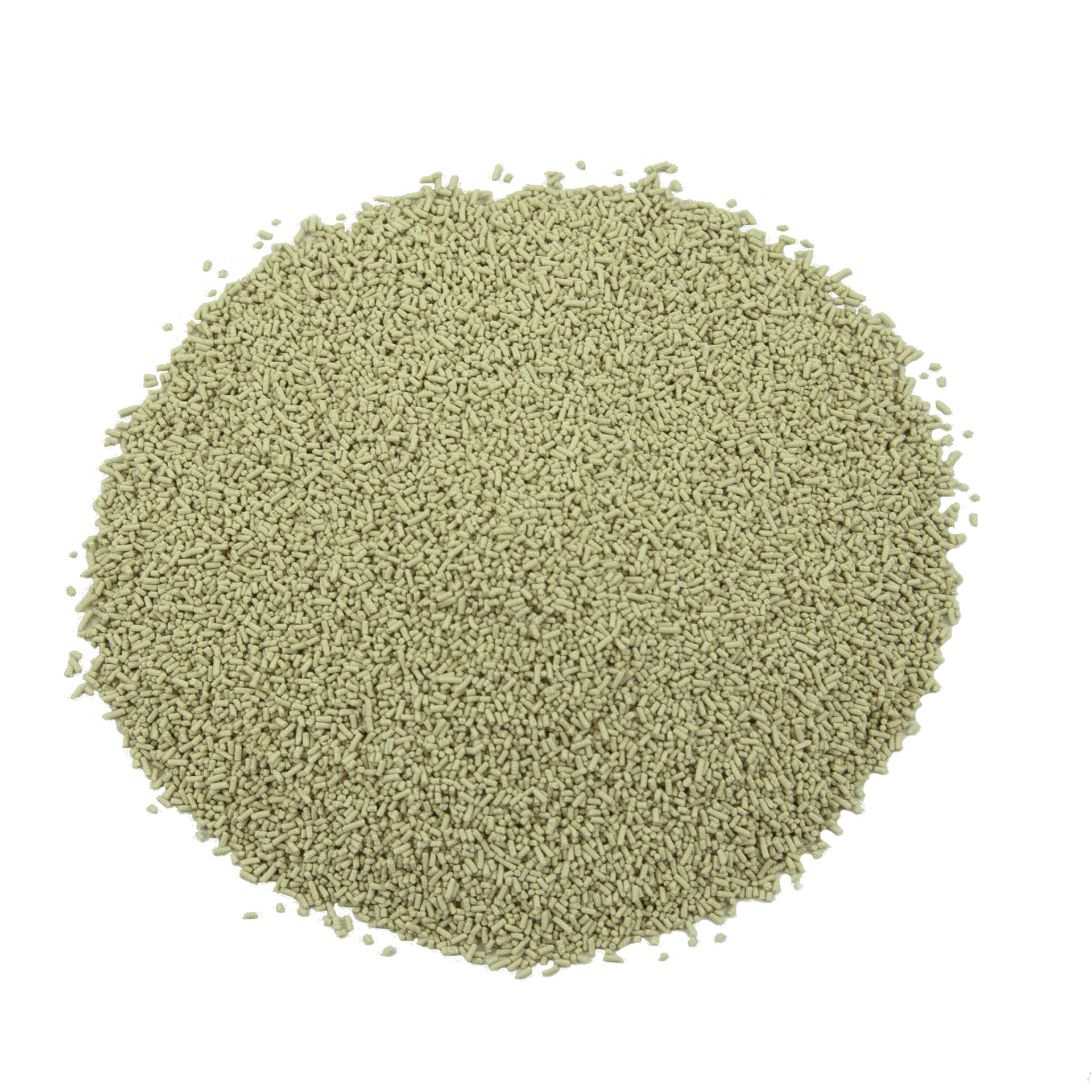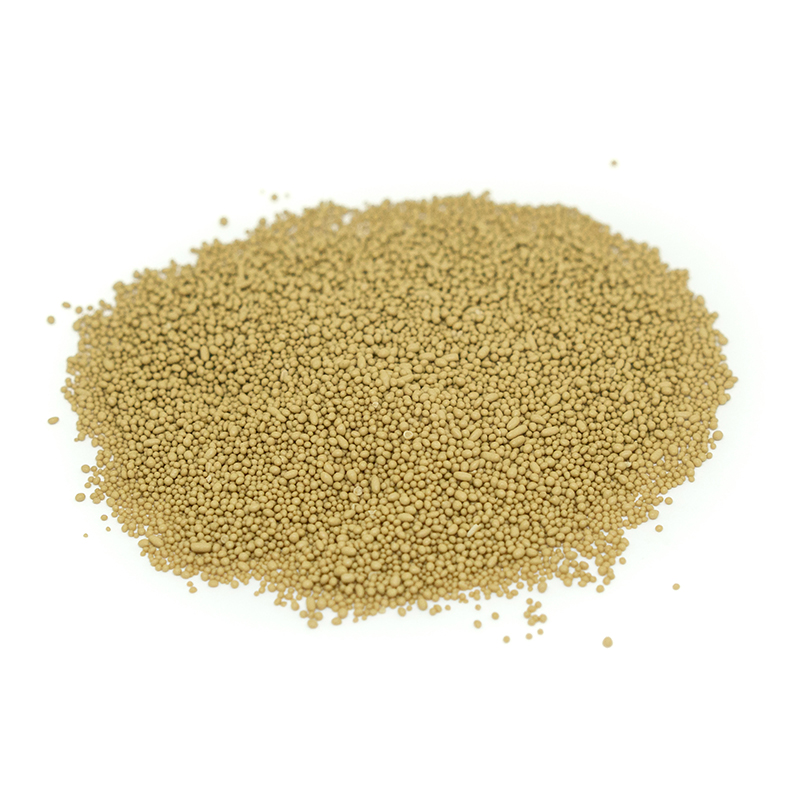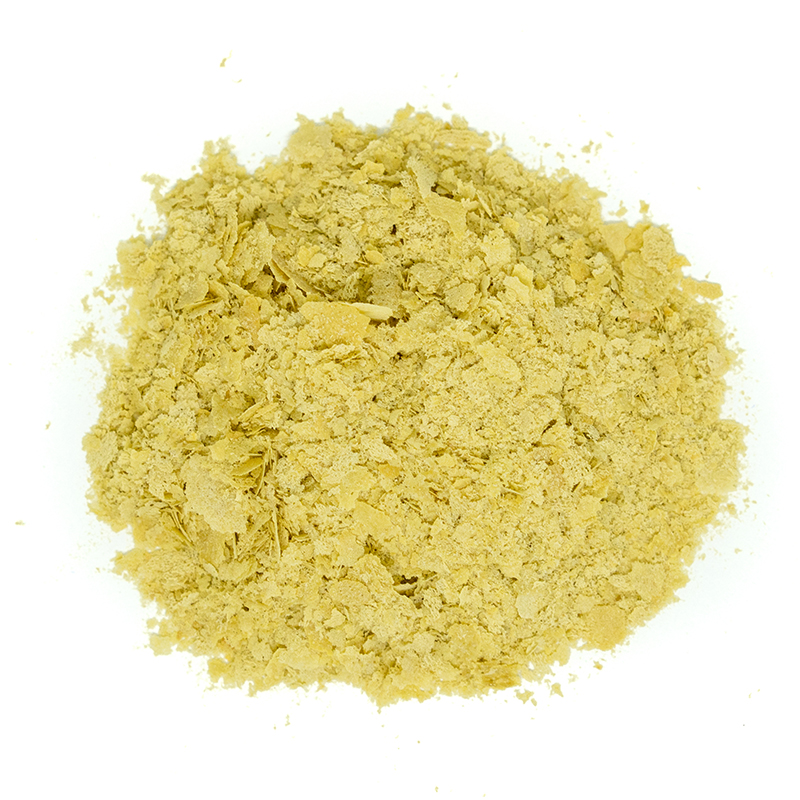The award for the most talked about product this year has to go to “The Yeast”. We are sure you read the stories of when stores were running out of yeast and how rare it was to find. Did you know we have all our yeast available and in stock!
It is probably best to start right at the beginning: What is yeast? Almost a hundred million years ago, a tiny fungal cell somehow was able to duplicate its own genome (we know Elon is reading this). We started to research more into how certain cells could eat different kinds of sugars and found that they often produced by-products like carbon dioxide among other things. We also noticed these cells could find harbor on practically every fruit, grain or sugar-rich surface available to them. As the studies evolved we finally came to an understanding of how we could harness the power of these microbes and use it to brew and bake. Historically the use of yeast dates back to ancient times. The Egyptians and Romans used yeast for baking!
There are many different kinds of microbes like bacteria, archaea, fungi (yeasts and molds), algae etc. We use some of them for their properties and the ability to make a change that is desirable in the food we love to bake and eat.
Does that mean I can grow my own yeast?
Wild yeast exists everywhere and you can harvest and find ways to grow them at home. This is a fun way to get you started on how yeast works. Start by going through your cupboard and look for dried fruits like raisins, apricots or prunes. Then add a few tablespoons of water to them. Once you do mix everything together, you’ll will notice that the water starts to get a bit cloudy — that’s yeast. But as we know it needs something to eat. So we then add flour to form a loose paste and finally store it in a warm corner of your kitchen until you see bubbles. That’s when you know that your yeast is waking up and is starting to grow. We know we know you don’t want to wait to have awesome home-made pizza’s and breads and which is why we always try to have our yeast’s available to order from our customers and their stores. For the DIYer’s though we have put together something that you might find really interesting on how to grow your own yeast.
The Traditions of the Family Yeast Culture!
Some communities follow a wonderful tradition of passing yeast down through the generations. Some store yeast at home in two or three jars that they received from their mother years ago. Much in the same way as their mothers received it before them.
The yeast and the special family bread recipe then becomes something of a legacy that carries on. It is almost kept as a secret and only passed onto to you once you prove yourself worthy.
Every time you bake, it takes you back in time when mom and grandma used it while preparing family dinners. Most people use their family yeast while preparing those annual family thanksgiving dinners.
Coming back to the reason why this topic is gaining such wide interest. Whether it is kneading dough to let off steam or making pizza for kid’s home from school, the world is baking its heart out during the COVID-19 pandemic. Which is why today we thought we should list down the various types of yeast and their comparisons to help you choose better.
Yeast are classified into two types, activated yeasts and inactivated yeasts.
Yeasts used for baking: (Are Activated Strands of Yeast)
1) Regular Yeast for Baking – Regular yeast for baking is a special strain of the baker’s yeast chosen for uniformity, strength and stability. The reason why active yeast is used while baking is because it creates a reaction that allows the dough to rise. It’s a type of dry yeast that’s granular and is a living organism that’s dormant until you add it to lukewarm water. For those that are wondering, baking yeast is by its nature, gluten-free.
2) Instant Yeast for Baking – Instant yeast for baking is also a special strain of the baker’s yeast. The key difference is that it eliminates the need for hydrating it before adding it to the dough. The instant yeast too is a type of dry yeast that is milled into finer particles.
Nutritional Yeast: (Are Inactivated Strands of Yeast)
Nutritional yeasts are deactivated strands of yeast and hence do not act as leavening agents in bread-making. Besides being a nutrient-booster, the nutritional yeasts are also well-known substitutes for cheese. Those following the vegan diet love adding them to their salads, popcorn, cheese-free macaroni, pizzas and pesto sauces due to their flavor.
1) Nutritional Yeast Flakes – The Nutritional Yeast Flakes are primarily grown on enriched purified cane and beet molasses. They are fortified and as they grow they are fed nutrition-rich food which is what boosts its vitamin and mineral contents. The flavour is considered to be strong and can be generally described as savory or cheesy.
2) Vegetarian Support Nutritional Yeast – Also known as “Nooch”, this type of yeast is also grown on enriched purified cane and beet molasses. These yeasts are among the fortified foods that serve as a great “vegetarian support”. Our bodies do not naturally produce B12 vitamins and you can only get it from either animal-based foods or food supplements. Which is why this type of yeast acts as a great source of natural B12 vitamins that you can add to your diet. About 2 tablespoons of it can supply up to 9 grams of protein, which is more than a cup of whole milk, a large egg, or an ounce of beef. To read more about what is “Nooch” and everything it is good for you can click here!
3) Engevita Yeast – The Engevita Yeast is cultivated on beet molasses as a food supplement. Unlike the nutritional yeast flakes, this yeast comes in a powdery form and has a taste which is mildly savoury. You can use this by sprinkling it over your popcorn or in your pasta sauce. Engevita contains over 7 types of B vitamins including B5, B6, B7 & B9.
4) Debittered Brewer’s Yeast – The Debittered Brewer’s Yeast is derived from primary grown brewer’s yeast. Brewer’s yeast is a type of yeast that is created as a by-product of beer brewing. You can mix this yeast with juice or protein shakes and it doesn’t need any pre-cooking. It is also great for adding texture to vegetarian dishes to boost nutrition and flavour. It generally has a fermented taste and is not fortified. Brewer’s yeast is also high in iron, selenium, zinc, and potassium.
5) Torula Yeast – This type of yeast is not fortified and is grown in sugar medium derived from wood. The yeast is in a powder form and tastes slightly smokey and savoury and is used to flavour processed foods. Torula is rich in both glutamic acid and iron. It has a unique taste-profile and adds a meaty flavor to foods, so it is often used in premade meat-free burgers or meat-free sausages.
Yeast is what helps make our favourite cheeses and wines and we are always trying to connect you to stores that can help you have that same great experience. We would love to find the store closest to you that carries the kind of yeast you are looking for. All you need to do is give us a call, send us an email or reach out to us on Facebook, Instagram or Pinterest and we will get back to you as soon as possible.
A vitamin comparison table:
| Vitamins (mcg/g) | Nutritional Yeast Flakes | Nutritional Yeast, Vegetarian Support | Engevita Yeast | Debittered Brewer’s Yeast |
| Vitamin B1 | 630 | 620 | 10 | 40 |
| Vitamin B2 | 210 | 630 | 30 | 30 |
| Vitamin B3 | 1200 | 3500 | 330 | 480 |
| Vitamin B5 | 2200 | 140 | 30 | |
| Vitamin B6 | 720 | 10 | 30 | |
| Vitamin B7 | 1 | 0.3 | 0.09 | |
| Vitamin B9 | 47 | 17.2 | 2.25 | |
| Vitamin B12 | 1.5 | 0.009 |


